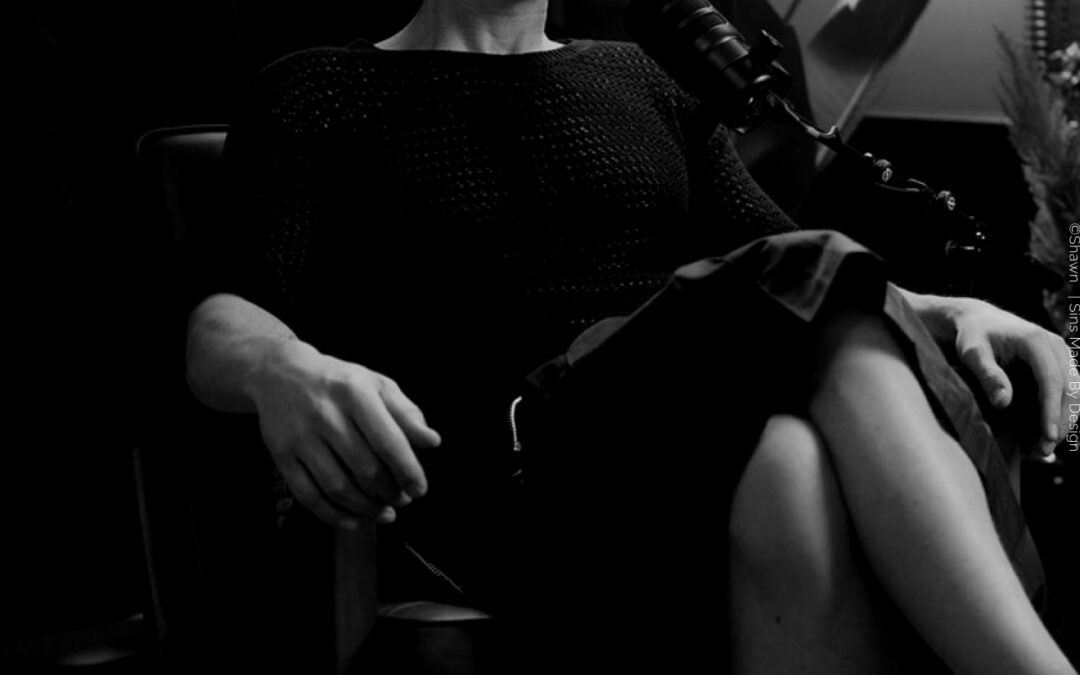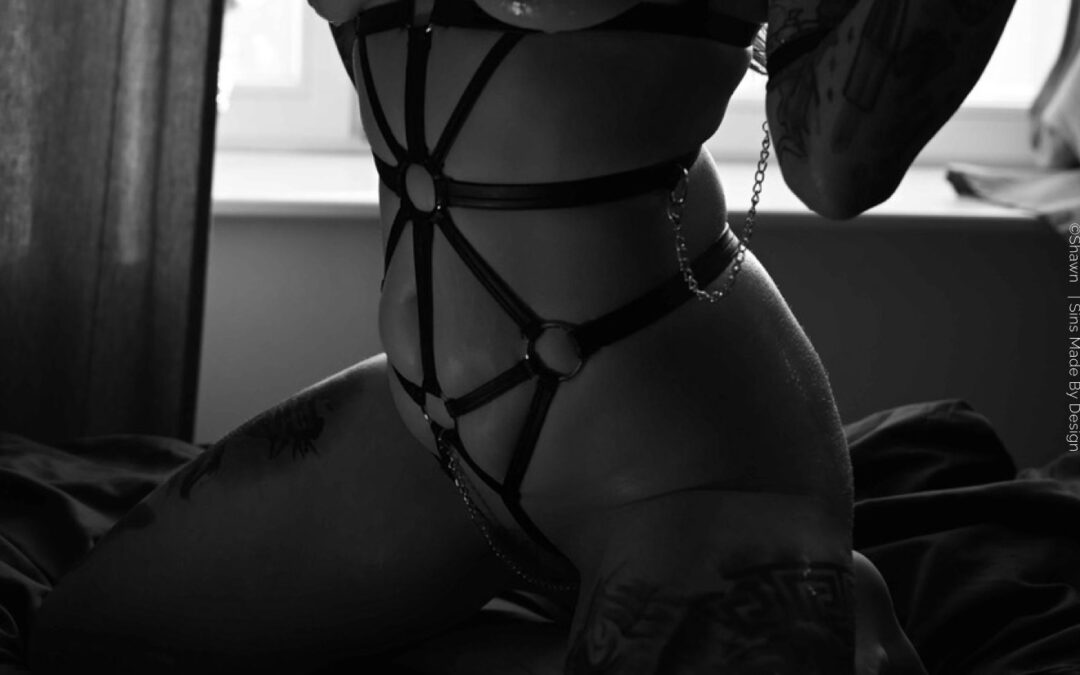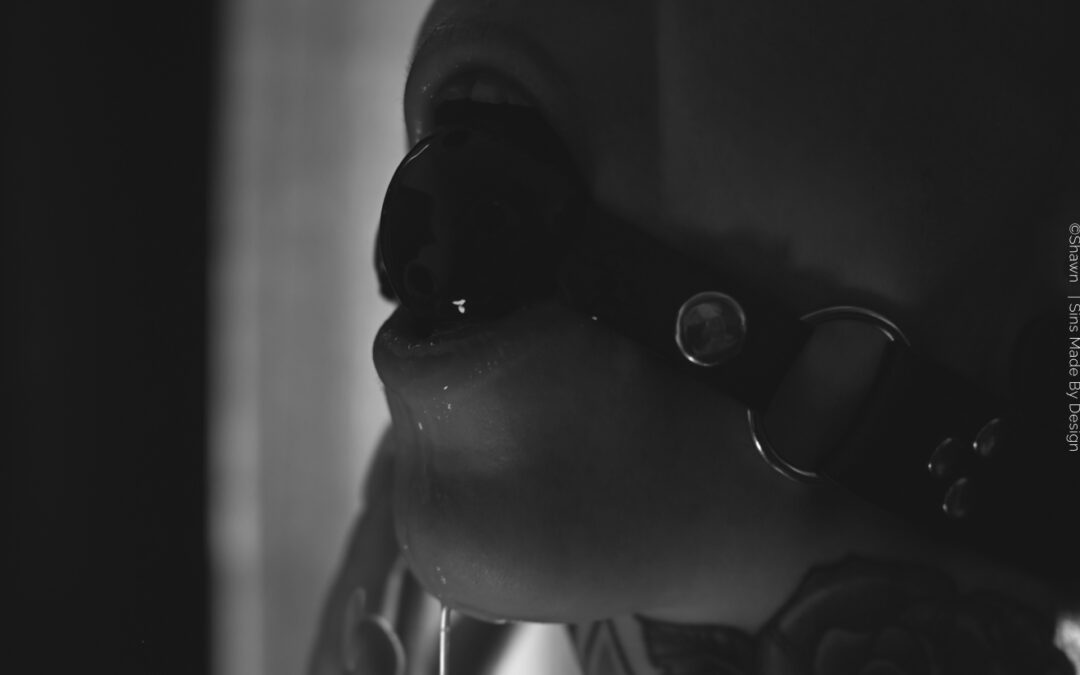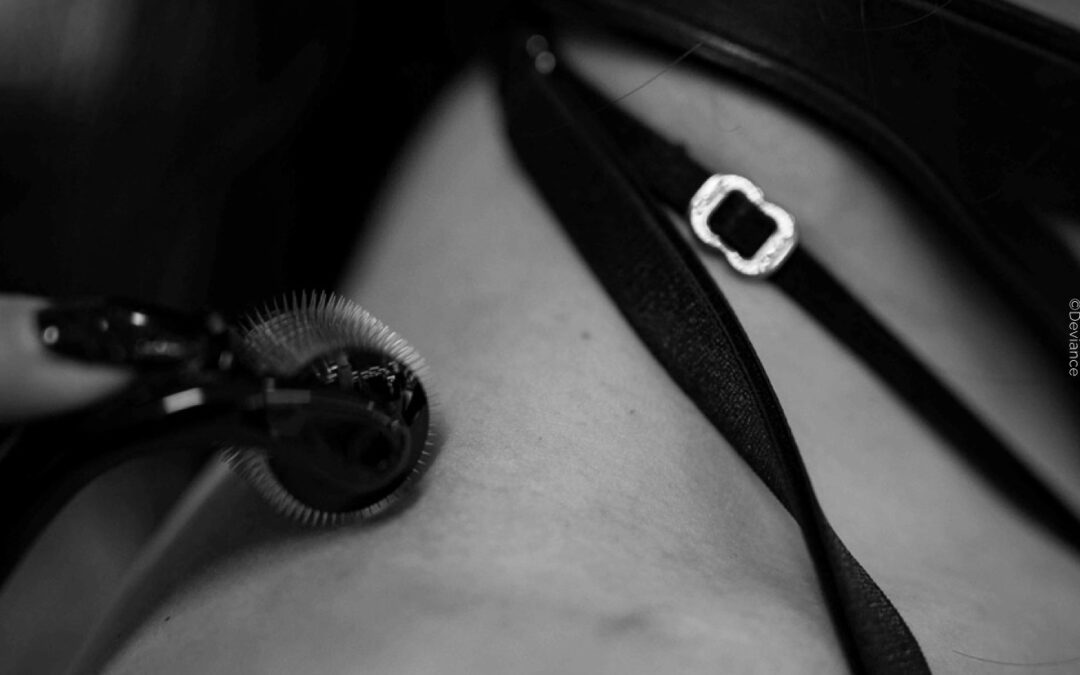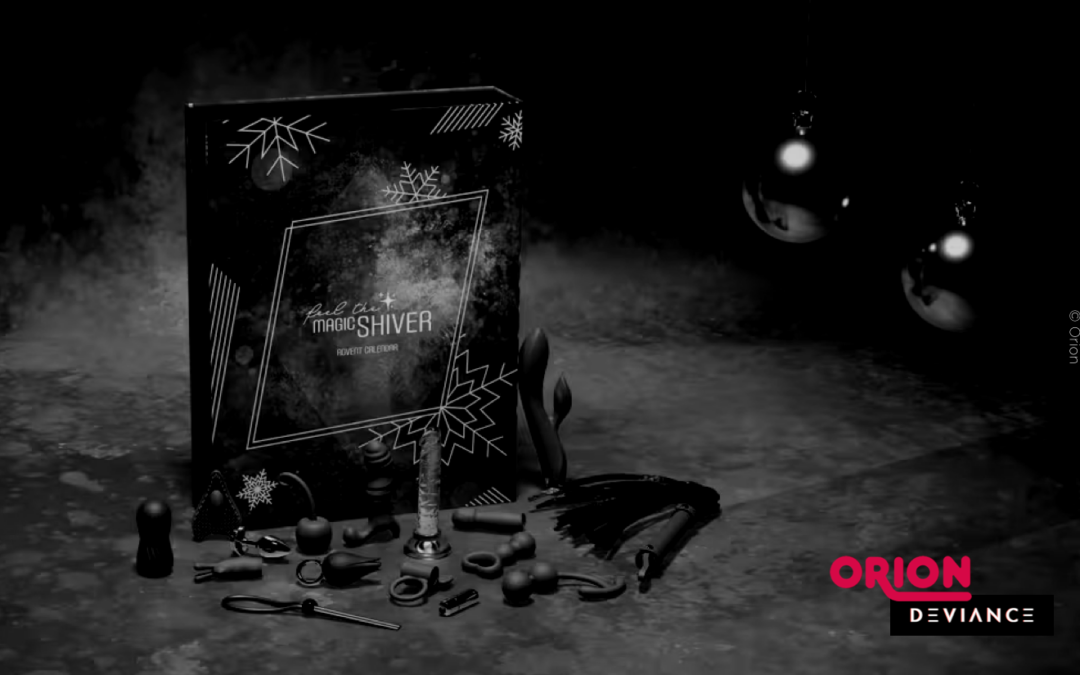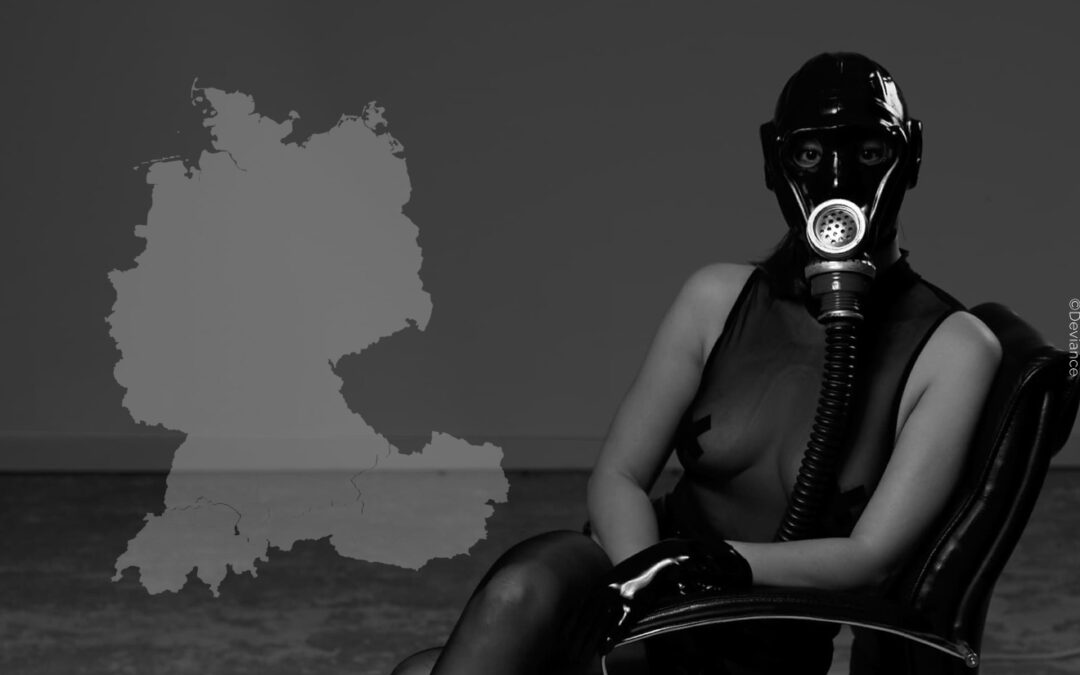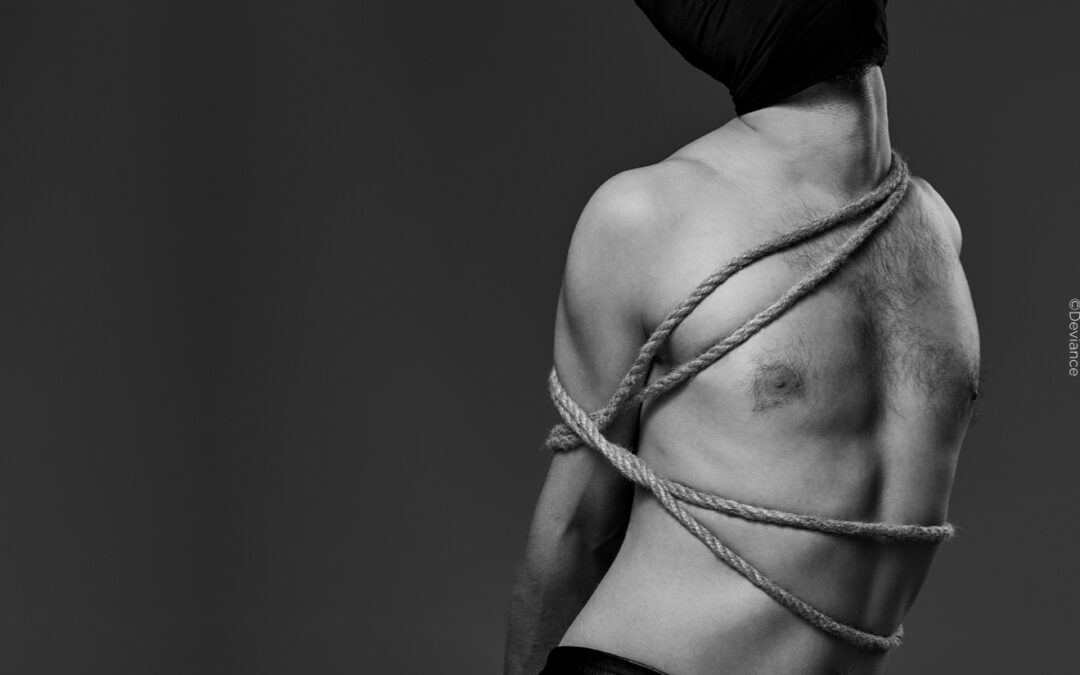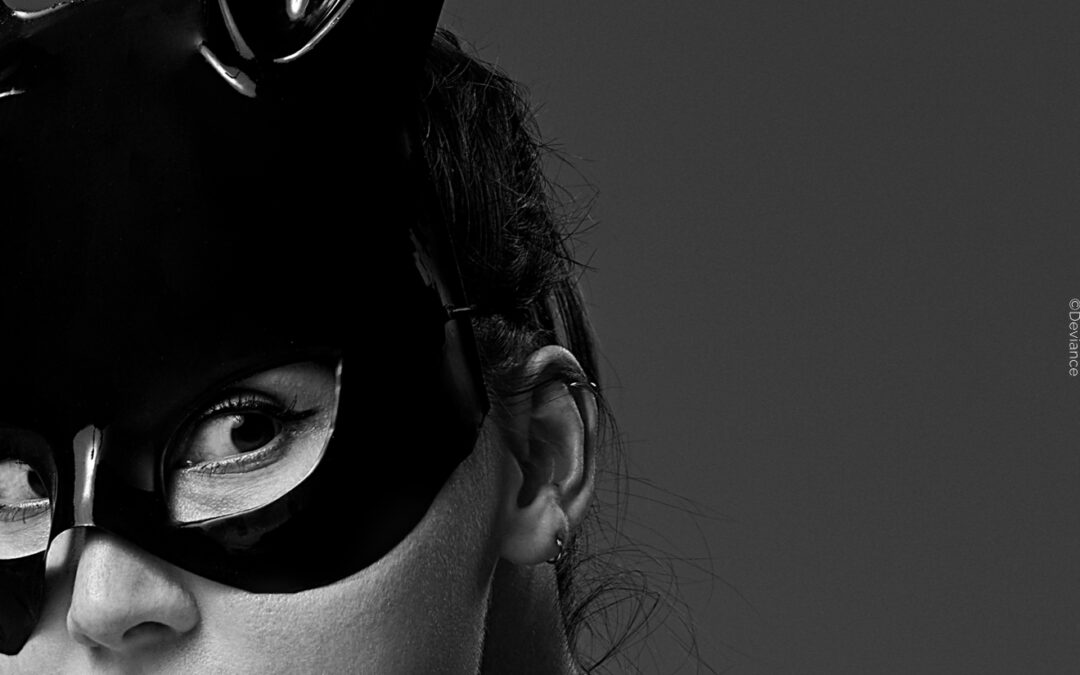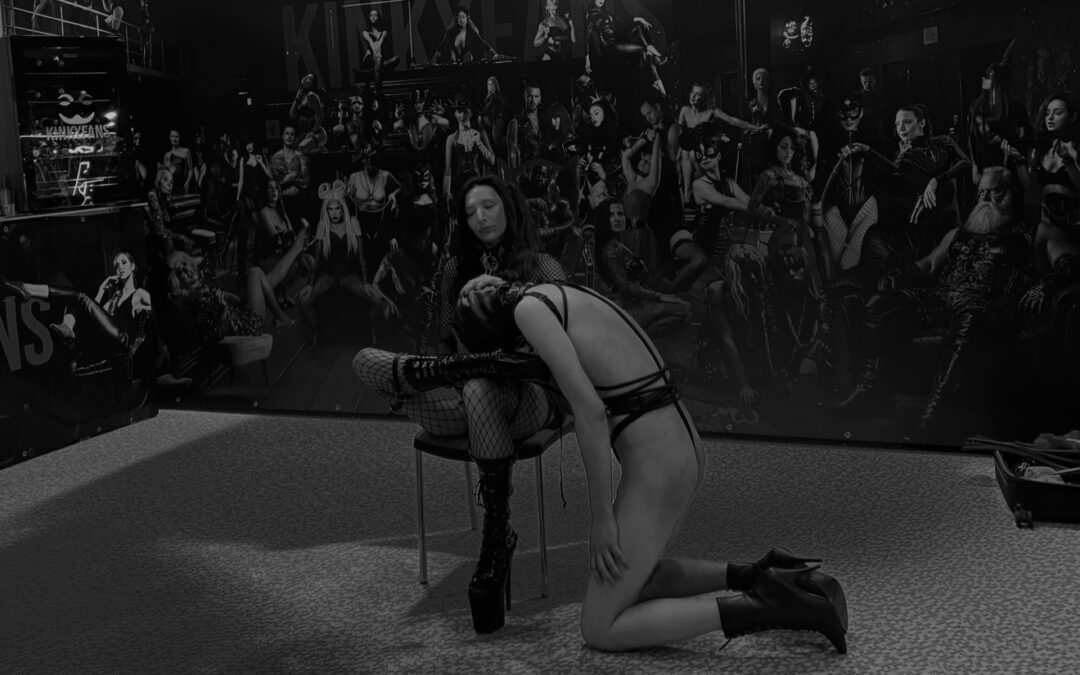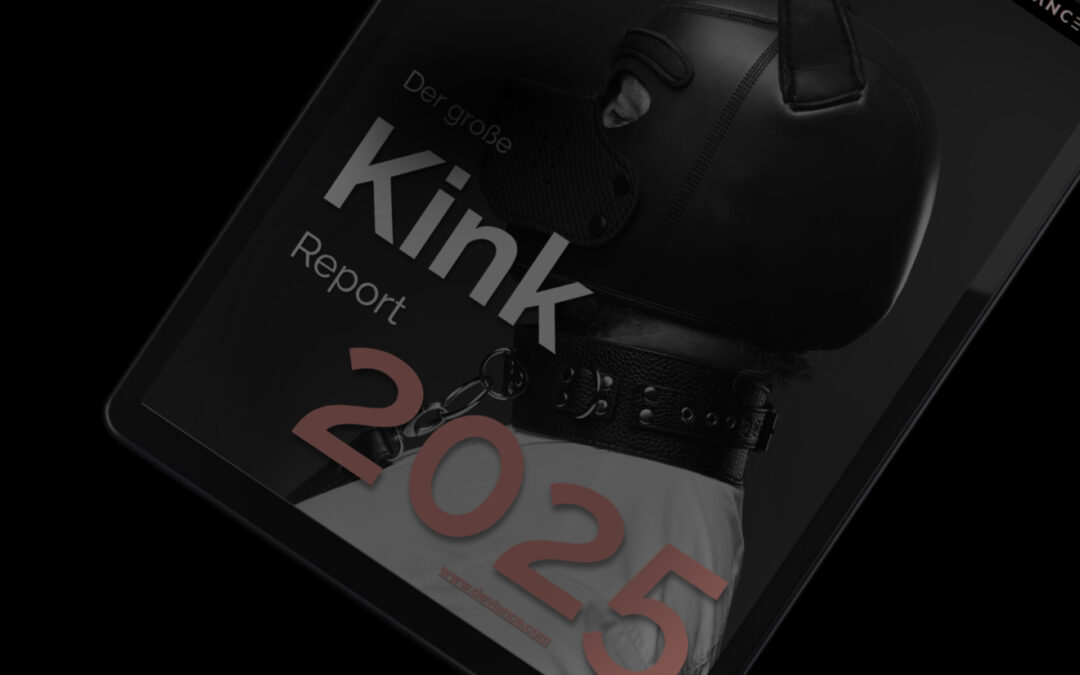June: Pride, rainbows, glitter, leather and BDSM!
It’s June and Pride Month is being celebrated all over the world! It’s time for CSDs, demonstrations and parades. Every year, people from the LGBTQ+ community, so-called “allies” and kinky people gather in all kinds of countries and cities to join in the march. Every year the discussion begins: Does BDSM belong at Pride?
This year in particular, there are many voices from the USA speaking out for and against BDSM and Kinksters at Pride. Although there is also a debate about whether police officers should be present at Pride, the topic of BDSM and kink at public Pride events is a particularly charged issue in the community.
The history of Pride
We have provided you with the background story of Pride and Christopher Street Day in detail here, so here is just an abbreviated summary. Pride did not begin as a fun, pretty parade with people cheering the participants on the sidelines. Pride began as a demonstration, an uprising against the discrimination and violence that queer people were subjected to in the 1960s. At the Stonewall Uprising on June 28, 1969, it was drag queens, Black trans people and Latinxs who stood on the front lines against the New York police and defended their lives.
At this time, Kinkster was already working alongside Marsha P. Johnson and Sylvia Rivera, two of the best-known trans* drag queens involved in the uprising. At the time, drag was placed on the same level as BDSM; from a purely legal point of view, drag queens or cross dressers were also considered “sexually deviant” and therefore sick. At the time, the famous Stonewall Inn bar was not only a place for homosexuals, drag queens, trans and inter people and queer teenagers, but also for lesbians (Dykes on Bikes) and leather daddies.
Another example is Brenda Howard, who is also known as the “Mother of Pride”. She was one of the co-organizers of the first Christopher Street Liberation Day Parade, chairwoman of the committee for the parade, founder of the New York Area Bisexual Network (NYABN), active member of ACT UP and various other LGBTQ+ groups and movements. She is considered a frontline figure of sexual liberation at the time. She was also openly kinky, polyamorous and part of the lesbian leather movement. Over a period of more than 20 years, she played a significant and important role in the movement.
“Bi, Poly, Switch – I know what I want.”
Button of Brenda Howard
What role does kink play in the history of pride?
Many of the gay bars back then had a BDSM character, as the leather scene and fetishes often went hand in hand in gay culture. So these are by no means newfangled phenomena. In many ways, things have even developed separately from each other. If you look at San Francisco at the same time, Folsom culture emerged in South of Market, a neighborhood popular with queer people.
When the Aids pandemic hit the USA in the 1980s and ate its way through the queer community, ACT UP organized riots and flash mobs to draw attention to itself and the problems. Here too, drag queens, sex workers and kinksters are together at the forefront of the sexual liberation movement. The so-called leather lesbians and biker clubs also led the movement.
At the same time, they looked after each other. If someone was dying of AIDS, the BDSM community made sure that clothing, such as a leather outfit, was kept and not disposed of. They visited dying people in hospitals and provided support. A close-knit group that stuck together and was bound together by their status as outcasts and undesirables. It was precisely this that created an alliance of protection and safety.
The conflict – no BDSM at Pride
So the BDSM community played an important role in the emergence of the Pride movement. So what exactly is the conflict within the community? Here are some of the counter-arguments:
Some people feel that the stigma BDSM is subject to, as well as the clothing prevalent in the scene, is detrimental to Pride. Neither is representative of the LGBTQ+ community, which is no longer just fighting for social recognition in the western world, but also for changes to basic rights, laws and official recognition.
Another argument is that BDSM contributes to the sexualization and fetishization of people from the LGBTQ+ community. After all, fetishes are firmly associated with BDSM. This poses a problem for some in that every group in the LGBTQ+ community is seen as a hypersexual object or even fetishized by certain sections of society.
Furthermore, it is argued that BDSM sexuality offends children and young Pride participants when kinksters openly display their sexuality on site. This is less about sexual acts and more about the display of power dynamics, fetishes or the suggestion of acts such as bondage.
The latter in particular is an important part of the last argument, namely the lack of consent. It is argued that the participants of the events do not consent to seeing and experiencing sexualized acts between people. If kinky acts are exhibited at Pride, this is by definition even against the rules of BDSM.
So why does BDSM belong at Pride after all?
Pride is a demonstration, not a family festival
Pride events are not intended to be family-friendly street parties, but political and socially critical demonstrations. The fact that Christopher Street Day has a festive character at all in many cities, for example, is due to the years of brutal battles that have been and continue to be fought in this name. If you look at non-Western countries or even just neighboring countries like Poland, it becomes clear that such events are important to fight for queer rights. Pride is an event that is about sexuality and sexual identity. This also includes those from the BDSM sector.
While LGBTQ+ parents, families and children naturally have a place at Pride, in many ways they are not the audience being targeted. At the same time, universal education is important. Children are often confronted with hypersexualized things at an early age and if they are curious, they will learn about them without a big colorful crowd. Especially in the BDSM community, we hear about these early needs. Therefore, a certain, mindful and reflective confrontation is probably even good to realize early on that such sexualities and needs are normal and okay.
BDSM is not just sex
Although BDSM and kink are not always sexual, these themes are usually associated with sexual acts in society’s perception, which is why their visibility at Pride events without depictions of sexual acts is difficult for many to imagine. While it is taken for granted within the scene that BDSM is not always sexual, when vanillas see people wearing masks, collars and leashes, they immediately think of something sexual. And that’s exactly why Kink belongs at Pride: to educate. To show that it’s not always just about sex, that you don’t cede your rights as a person with a collar and to show the deep appreciation that BDSM relationships are characterized by.
However, this only holds weight if the behavior is adhered to, meaning BDSM practitioners do not play in public or present themselves in an overtly sexual manner. We need to be aware of what might be perceived as a sexual scene by outsiders: boot licking, pet play, or spanking might not seem immediately sexual to us, but can appear very borderline to others. Even if nothing is happening, many people interpret certain appearances or behaviors as sexual. To appropriately represent kink and BDSM, no one should feel uncomfortable.
“Kinksters don’t go to Pride to have sex. Just because we show up in clothes that are appropriate for the parade (…). So me in my leather gear is not me having a session or trying to have sex. (…) If you’re worried about seeing something sexual, then you probably shouldn’t be at CSD, an event that’s about sexual liberation!”
BDSM is not brand-friendly
It’s even more noticeable since 2021: many brands and large companies are launching Pride collections. For one month, everything is given a bit of a rainbow. However, this alone makes many companies neither an LGBTQ+-friendly alliance nor institutions worth supporting. Because making the profile picture on Instagram colorful for a month or bringing out some LGBTQ+ merchandise is of little use to the movement. Especially when the decisions, strategies and customer approach of these companies otherwise disregard or even discriminate against the community (see also: pinkwashing). Instead, the floats and groups at Pride parades are usually sponsored by alcohol brands and smaller sex stores instead of Calvin Klein and Nivea.
The more conformist the Pride movement becomes, the more it could become a consumer good and cause, and its political origins could fade. But BDSM is uncomfortable, and big brands in particular tend to distance themselves from it. By integrating the BDSM scene, big brands in particular tend to keep their distance.
And what does the community say?
I asked on Twitter and Instagram what people’s opinions are on this topic. As expected, the responses were very mixed.
“It just goes hand in hand with stigmatization and objectification and that kind of thing doesn’t work at all. Pride events are also something that is there for people who have to justify and hide themselves again and again because of their sexual orientation or gender, who are exposed to violence and murder. That’s a different matter than a foot fetish or a preference for BDSM. Because these people are not discriminated against by law in Germany and generally do not experience the kind of discrimination that queer people have to face for something that is not a preference, but something that is given to them.”
Samara de Sade on Instagram
“Yes. The struggles are intersectionally similar. Historically, it’s part of it. We should not allow ourselves to be divided and not elevate “respectable” to the highest value. Sexual minorities that include straight people must also be welcome.”
TheBratApfel on Twitter
“This is a very bad form of whataboutism. There are people fighting for society to accept that they are normal, nothing special. Just people that love other people. And then people say “but we have to be proud of our kink”, so be proud of a special sexual practice. Total different category! The one thing is whom you love, the other thing is what you do in bedroom.”
Beyond Normality on Instagram
“Pride is about demonstrating for the right to free development of the personality. To draw attention to discrimination, especially in the context of sexuality/gender/relationships. Excluding kink is incompatible with this.”
EoRa on Twitter
Pride and BDSM: how can it work after all?
Setting up Family Friendly Zones
Of course, minors and people with children should also be able to attend Pride. But it should not be forgotten that these events are not specifically designed for them. They should be able to participate, but should not determine the character of the entire event.
You could therefore introduce moderated, family-friendly areas that participants are not allowed to enter, which could be offensive to children and other people. Other content and offers could then also take place here that are specifically aimed at queer and LGBTQ+ families, parents, children or people who do not want to be confronted with sexually explicit depictions. This concept is already being used in some larger cities such as London.
Making the dress code and code of conduct more transparent
While there are standards for most events, as there are for everything, the rules and regulations for Pride events are not publicly visible, making them difficult to understand and enforcement inconsistent. At the CSD in the Ruhr area in 2018, for example, some puppy players were asked to remove their masks. A decision that was subsequently deemed invalid.
By communicating the rules and dress code transparently and unambiguously in advance, major violations can be avoided. A good example is carnival events, for example, which use signs at the side of the road to inform participants of what is permitted and what they can expect in this area. For example, if a sign says: “Masks are permitted for the expression of individual personality”, then you know that masks, even in a sexualized context, are to be expected.
Educate instead of devalue
The basic idea of sexual education also applies to Pride. This means: if you go to Pride, you should be prepared to talk openly if you present yourself publicly as a BDSMer. This does not mean revealing your private preferences or even putting them on display, but rather communicating about BDSM in a mindful and reflective way. This is the only way to provide lasting and comprehensive information.
